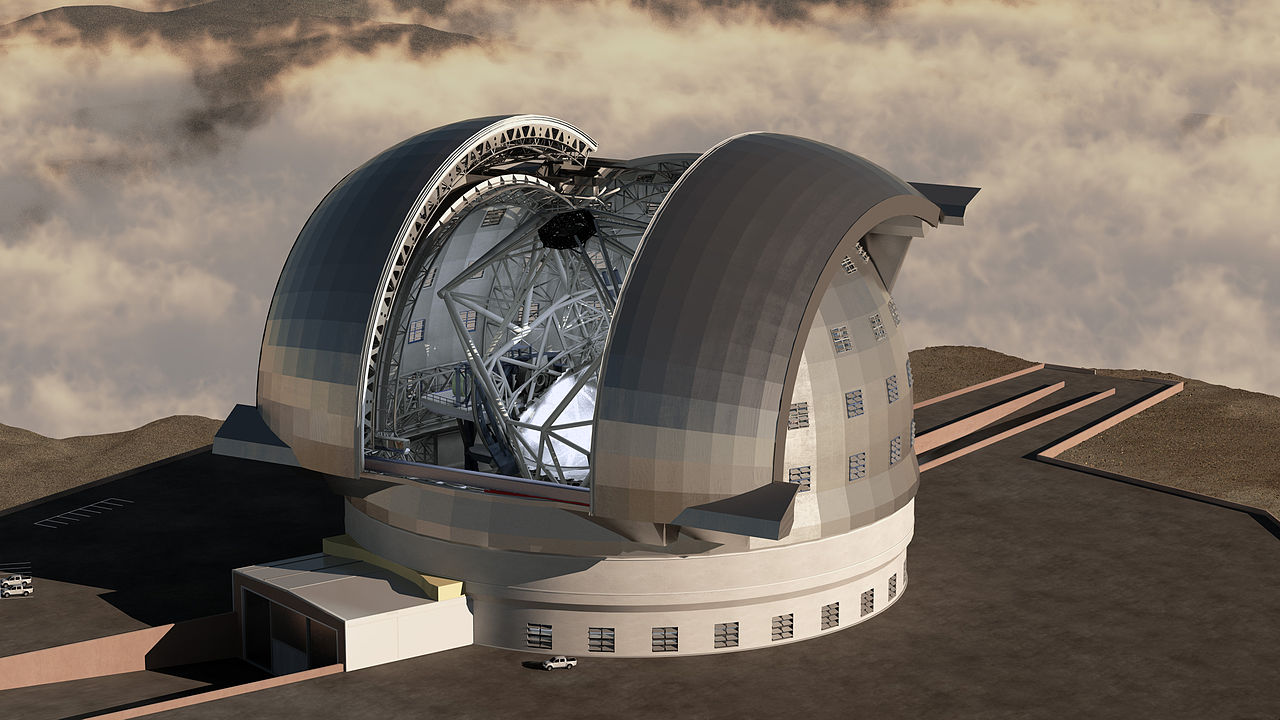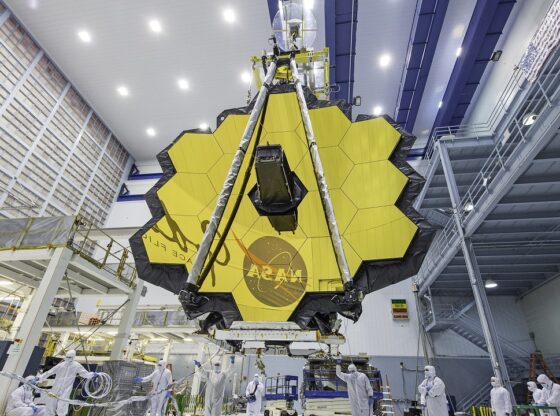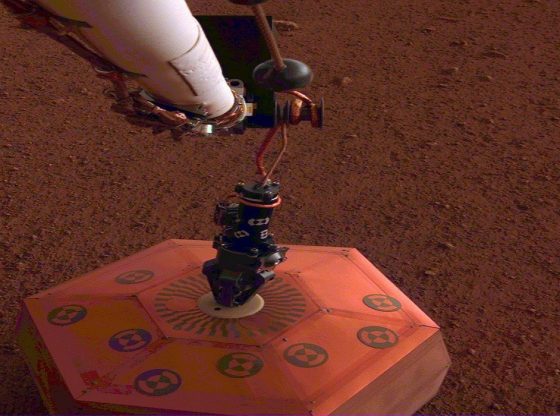
The European Extremely Large Telescope (E-ELT) is currently being built in Chile and will be the world’s largest optical telescope when completed. But to make the world’s largest even better, an infrared filter is now being developed in Hanover, Germany.
This filter enables the telescope to view the sky much clearer and is scheduled for to be installed at the end of this year at the ETL site, on top of Cerro Armazones in the Atacama Desert in Chile.
Compared to space-based telescopes, Earth-based inevitably suffer from interference signals in the atmosphere. In order to filter out this static, the scientists at the LZH are developing this special coating for the optical components. It filters out interference “noise” from molecules in the atmosphere, blocking interfering signals and transmits the signals from space into a narrow band.
The telescope will have a mirror with a diameter of 39,3 meters and an effective area covering 978 square meters. It is built by using 1,000 hexagonal segments of 1,4 meters each and will gather 15 times more light than the largest optical telescopes presently operating.
The E-ELT will search for extrasolar planets (exoplanets). Including not only Earth-like planets through indirect measurements of wobbling motion stars, but also direct imaging of larger planets and possibly even the characterization of their atmospheres.
The telescope instruments will also be able to probe the earliest stages of the formation of planetary systems and detect water and organic molecules in protoplanetary discs around stars in the making. Lastly, the astronomers aim to make direct measurements of the acceleration of the Universe’s expansion.
The plan is for the E-ELT to be completed and ready for operation in 2022.
_______________
The European Extremely Large Telescope
Clear view for the Extremely Large Telescope – LZH develops IR narrowband filter
______________________________











![OpenAI. (2025). ChatGPT [Large language model]. https://chatgpt.com](https://www.illustratedcuriosity.com/files/media/55136/b1b0b614-5b72-486c-901d-ff244549d67a-350x260.webp)
![OpenAI. (2025). ChatGPT [Large language model]. https://chatgpt.com](https://www.illustratedcuriosity.com/files/media/55124/79bc18fa-f616-4951-856f-cc724ad5d497-350x260.webp)
![OpenAI. (2025). ChatGPT [Large language model]. https://chatgpt.com](https://www.illustratedcuriosity.com/files/media/55099/2638a982-b4de-4913-8a1c-1479df352bf3-350x260.webp)








